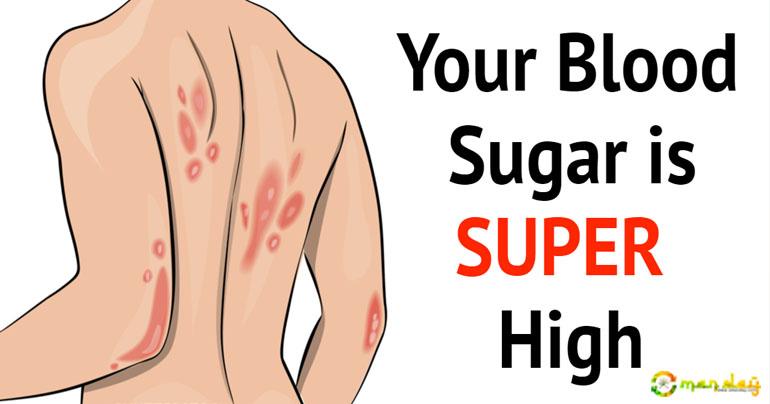14 Symptoms That Indicate High Blood Sugar Levels!
Keeping track of your blood sugar levels is very important, as is recognizing the symptoms of high blood sugar levels. They are easy to identify and should be treated ASAP, as they can harm your health if left untreated. The symptoms may vary depending on numerous factors, but today we’re going to show you the most common symptoms of high blood sugar levels that you need to pay attention to.
Hyperglycemia develops when the body isn’t able to produce enough insulin or can’t use it properly. Insulin is a hormone that makes helps glucose from food to enter the body cells where it’s used as energy. However, if you’re suffering from insulin deficiency, the glucose is unable to be absorbed into the bloodstream. If this goes on for a prolonged period, some body parts such as the kidneys, blood vessels, nerves and eyes may be permanently damaged.
HERE ARE THE MAIN CAUSES OF INCREASED BLOOD SUGAR LEVELS:
Physical inactivity;
Fatigue;
The common cold;
Dehydration;
Excessive eating;
Excessive use of steroids.
Increased blood sugar levels don’t automatically mean diabetes, and they may be one symptom of the disease. People suffering from diabetes may not experience many symptoms, but these are the ones that indicate high blood sugar levels:
Frequent urination, especially overnight;
Blurred vision;
Dry mouth;
Thirst;
Impotence;
Difficulty focusing;
Slow healing of cuts and wounds;
Recurring infections;
Digestive problems;
Increased appetite;
Nerve problems;
Dry and itchy skin;
Excess belly fat and weight gain.
HOW TO MONITOR THE BLOOD SUGAR LEVELS
In order to control your blood sugar levels, it’s very important to know what foods you can eat. Foods with a high glycemic index should be avoided. The Glycemic index is a scale which shows the number of carbs in foods which may increase your blood sugar levels. The higher the number, the bigger the risk of high blood sugar levels. The numbers range from 0-100 – foods between 0 and 54 are considered low glycemic foods.
...[ Continue to next page ]
Share This Post






